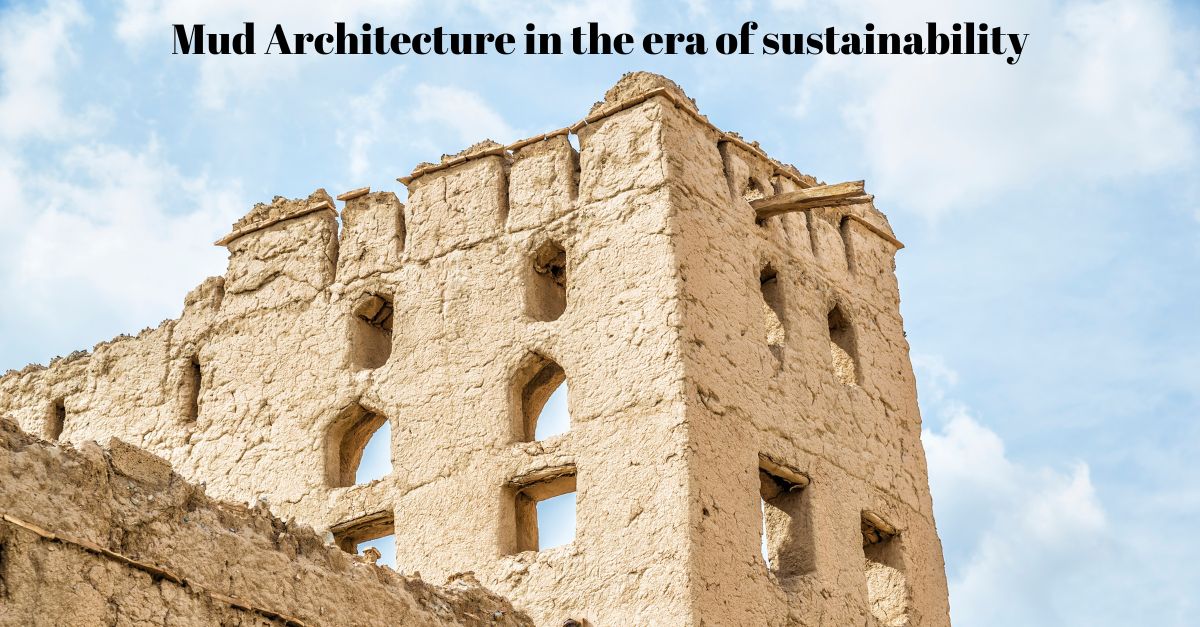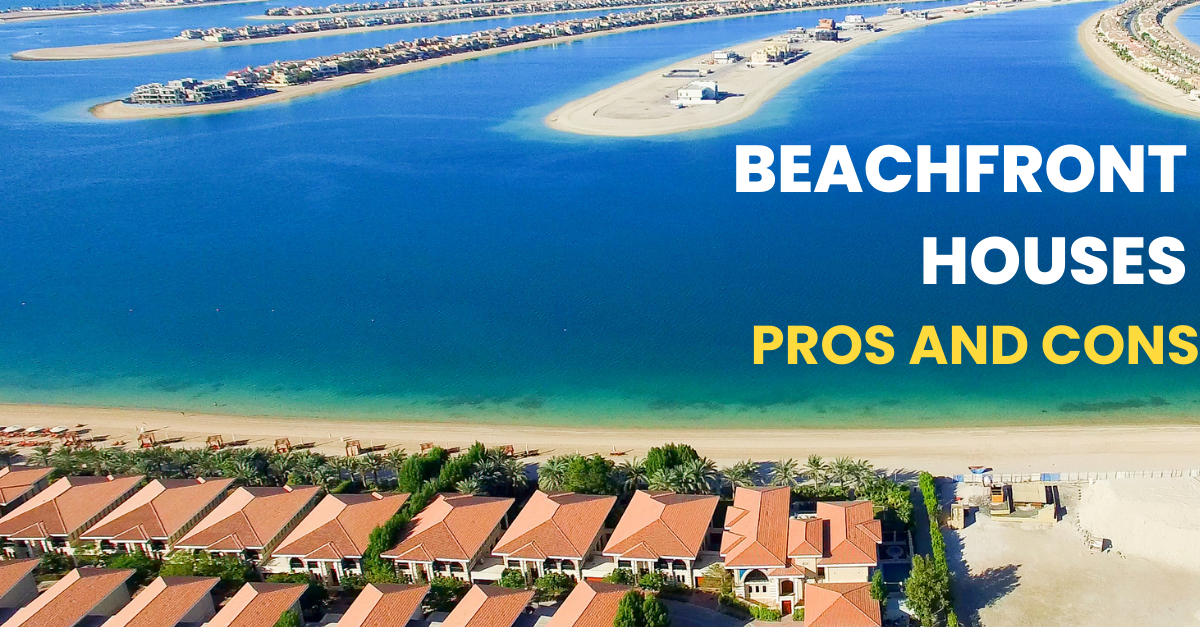Mud architecture yearns for a comeback in the era of sustainability
Building with mud — does that sound off? To the uninformed, it perhaps does. Talk about using mud as a building block and, immediately, visions of poverty and backwardness start to float in front of those who are only accustomed to cement-and-concrete architecture. Fortunately, there has been a renaissance of sorts of late, not just in the Middle East but around the world, with mud just about beginning to find its rightful place in the spectrum of building materials.
Mud: A versatile building material
Unfortunately, western influences have made builders and architects forget the feasibility of mud as a building material. And it’s not just the ease of handling it and the myriad ways in which it can be shaped and re-shaped that testify to its superiority as a building block — it has several other advantages within the context of sustainable living and environmental concerns.
For starters, mud buildings are remarkably good at regulating indoor temperature. They remain cool in summer and warm in winter in comparison with their surroundings. Mud walls have a high thermal mass — they absorb and release heat slowly, preventing the indoors from warming up too much and too fast, thus regulating the temperature.
Besides, mud is very malleable and it responds easily to alterations. If the requirement grows, more structures can be added easily. And in case some parts are deemed unnecessary, they can be brought down easily, and the material can be re-used, unlike concrete debris, which is of no use.
The easy availability of mud is another advantage as a building material. It is everywhere and can be used to build anything from steps to ceilings. It is the only material that can be recycled endlessly without excessive energy utilization.
Mud, sustainable architecture, and sustainability practices
With environmental degradation all around us, sustainable living and sustainability practices have become imperative in recent years. The world is striving to reduce its carbon footprint, and the construction sector, which accounts for 38% of global carbon dioxide emissions, is struggling to keep pace with sustainability initiatives. The sector has an important role to play if the world is to meet its goal of reaching net-zero emissions by 2050 and keep the global rise in temperature below the critical threshold of 1.5 degrees Celsius.
Swapping concrete for less polluting building materials is critical to achieving climate goals. Concrete, which has become a staple of modern construction, leaves behind a huge carbon footprint. It has been estimated that using concrete for building purposes accounts for around 7% of global carbon dioxide emissions. If the use of concrete continues mindlessly, it is bound to create an environmental disaster.
Mud can come to the rescue, as it has a negligible impact on the environment and the material itself is fully recyclable. And thanks to its thermal mass, it reduces the need for air conditioners, which are not only electricity guzzlers but also a major source of greenhouse gas emissions. Another advantage of mud as a building material is it muffles sound, thus reducing noise pollution.
With so many advantages to offer, mud architecture is not an outdated idea but a timely one. And contrary to popular belief, mud structures do not deteriorate rapidly; all they need is regular maintenance. Also, considering there is growing consensus over the need for sustainability, reinvented mud architecture could well emerge into the mainstream. To that end, the efforts of stakeholders across the construction value chain will be pivotal.
https://www.bbc.com/future/article/20220705-the-sustainable-cities-made-from-mud




